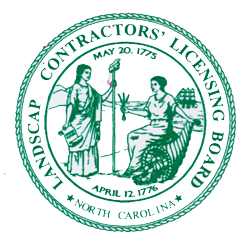American Holly is a native evergreen holly gracing the forests from Southern New England into the Deep South. It has been used increasingly in recent years in the landscape as both stand-alone and for screening. When you think of Christmas and Hollies, it is usually the American Holly which is used in holiday decorations.
Burford Holly
With it’s dense foliage and beautiful red berries, Burford Holly is a favorite choice for screening. It is available in fully skirted and tree-form varieties. It has a fair degree of shade tolerance allowing it to be used in locations with full sun and partial shade.
Nellie Stevens Holly
Nellie Stevens Holly is considered by some to be the Grand Dame Holly of Southern Landscapes. Used extensively in the South, it would be difficult to drive very far and not see them in use somewhere. This plant is also successfully used further north into Eastern Pennsylvania, New Jersey, and coastal New York.
Attributes include relatively fast growth for a holly, beautiful foliage and berries as well as the ability to be used as a corner foundation plant as well as in screening.
It can be a bit more susceptible to deer browsing due to its more pliable branching structure. If deer are an issue, you should consider Emily Bruner Holly as a substitution.
Flowering Crab Apple
Flowering Crab Apples are hard to beat with their Spring color and smaller stature making them ideal for tight garden spaces. Coming in a range of colors ranging from pinks to whites, they offer a great addition to any landscape.
Thundercloud Plum
Thunderbird Plum is used extensively in North American Landscapes. With it’s early Spring profusion of pink blossoms followed by dark burgundy leaves, Thundercloud Plum is a great choice for the landscape needing an instant “pop” with smaller trees.
It is a shorter-lived tree and in general a gardener can get 20 t0 25 years out of it. However, it is a great choice in spite of it’s relative short life-span.
- « Previous Page
- 1
- …
- 6
- 7
- 8
- 9
- 10
- …
- 16
- Next Page »

